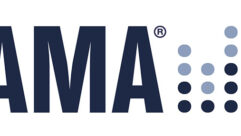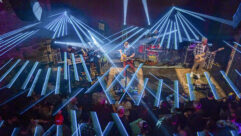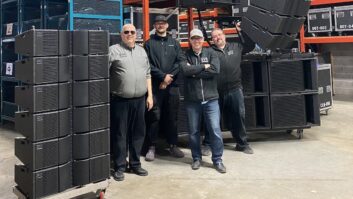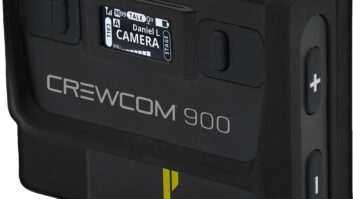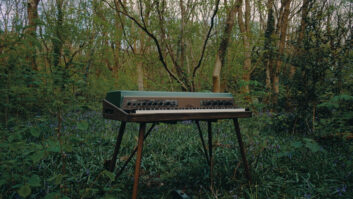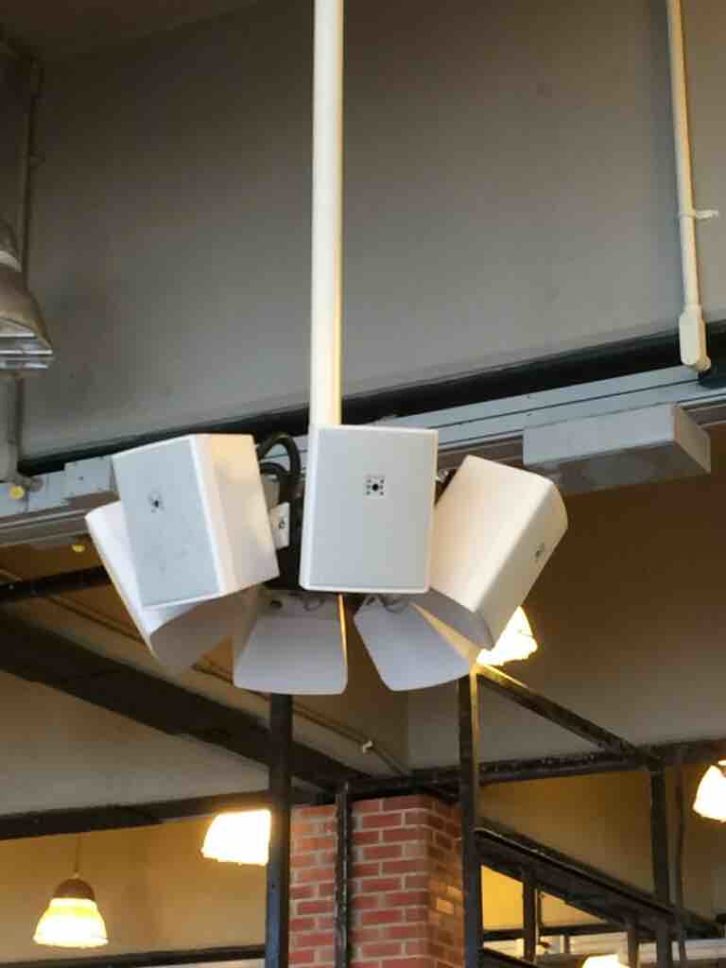
CONEY ISLAND, BROOKLYN, New York — With 468 stations, the New York City Subway system is one of the most extensive in the world. Approaching its 120th year of service, it’s also one of the oldest. There are few places where the wear and tear of the decades was more visible than the Stillwell Avenue Terminal, also known as Coney Island Terminal, which has endured everything hurled at it by its next door neighbor, the Atlantic Ocean, since opening in the 1920s. In more recent years, the building has also succumbed to the financial hardships suffered by the entire area. The terminal fell into such a state of disrepair, in fact, that it was torn down and rebuilt in 2006 with an eye toward innovation. Today, with 60 percent of the terminal’s power generated by solar power, Stillwell Avenue is the most energy-efficient mass transit station in the U.S. Equally innovative, it’s also home to a HARMAN IDX system that combines audio capabilities with a software-based communications system.
“I looked at the Stillwell renovation as a pilot opportunity to test technologies for creating a state-of-the-art facility,” said Robert Rivera, who has worked with Metropolitan Transit Authority (MTA) New York City Transit for 17 years and is currently the PA/CIS Project Manager for the Electronic Maintenance Division. With a focus on technology research, Mr. Rivera’s position has taken him around the world to analyze installations at railway stations and then bring the knowledge back to New York. “When I was challenged to identify an atlernative to simply replacing the existing communications system,I wanted to do something that surpassed anything we’d ever done before. As the result of a lot of research and testing, the Stillwell Avenue Terminal has become a template for what a terminal’s communications system should look like in the future and how the various components should integrate with each other.”
At the heart of the solution is a partnership forged by HARMAN Professional, IED Audio (the legacy system) and digital signage company SolariCorp, each of which contributed to the development of a system that integrated loudspeaker hardware with communications software that could meet a number of challenges. For starters, the acoustics were terrible. The terminal serves as the starting point for four lines, which requires data about arrivals, departures, delays and other factors to be conveyed to the 82 stations served by D, F, N and Q trains that orginate at Stillwell Avenue. While sound quality varies from station to station due to architectural elements, most were built with concrete and tile, which creates more reverb and distortion than what’s typically present in more acoustically friendly environments. The solution chosen for the Stillwell Avenue Terminal needed to be able to integrate with the legacy systems used in many of the stations. Components needed to be able to withstand high temperatures and a lot of steel dust. Finally, since the New York City Subway operates 24/7, the project needed to be completed from start to finish without taking a single train out of service. “Each of these were very critical requirements,” said Mr. Rivera, “and the HARMAN and IDX components met each of them 100 percent.”
The audio core of the all-HARMAN system at Stillwell Avenue consists of more than 250 JBL Control 25 loudspeakers, which Mr. Rivera reports resulted in an immediate increase in quality and an equally dramatic decrease in operating costs. For the mezzanines, he assembled chandlier formations consisting of six loudspeakers each, which he says provide a level of coverage and intelligibility that previously required 40 loudspeakers. The reduction in units has resulted in a savings on amplifier wattage, installation costs and the expense of running wire. “These are great out-of-the-box solutions from JBL,” Mr. Rivera said. “We are looking to deploy the JBL Control 25’s at entrances to the BarclaysCenter stations as well.”
For Mr. Rivera, high quality loudspeakers were only the beginning: Seamlesly communicating data such as announcements about arrivals, departures, delays and other train-related information was equally imporant. HARMAN’s IDX system is a hardware-software solution that takes HARMAN audio components and combines them with the information delivery system provided by a partner company in order to create a digital display of audio updates. The IDX system extends the deployment to each of the stations served by the four lines that originate at Stillwell Avenue. While the old technology was limited to the southboud and northbound platforms and the mezzanine, the IDX system extends the commnications to an unlimited number of logical zones, enabling Mr. Rivera to fine tune according to the requirements of any of the stations served by the four lines that originate at Stillwell Avenue. With the ease of a simple software change, for example, he can adjust configurations in order to deal with the variance of acoustical and architectural factors at each station to achieve a much higher level of speech intelligibility. While the old system gave him a choice between all or nothing, the IDX technology makes it easy to program details such as the volume at which announcemets are played throughout the day and night at stations located in predominately residential neighborhoods.
“As a proof of concept, this is a homerun,” said Mr. Rivera. “The HARMAN system allows us to interface to some old analog carrier systems up and down the Stillwell lines, making it easy for us to talk to all the local control stations on all of those lines. No other system out there allows us to do that.”
HARMAN (www.harman.com) designs, manufactures and markets premier audio, visual, infotainment and enterprise automation solutions for the automotive, consumer and professional markets. With leading brands including AKG®, Harman Kardon®, Infinity®, JBL®, Lexicon® , Mark Levinson ® and Revel®, the Company is admired by audiophiles, musicians and the entertainment venues where they perform. More than 25 million automobiles on the road today are equipped with HARMAN audio and infotainment systems. HARMAN has a workforce of approximately 17,600 people across the Americas, Europe, and Asia and reported sales of $5.9 billion during the last 12 months ended December 31, 2014.




